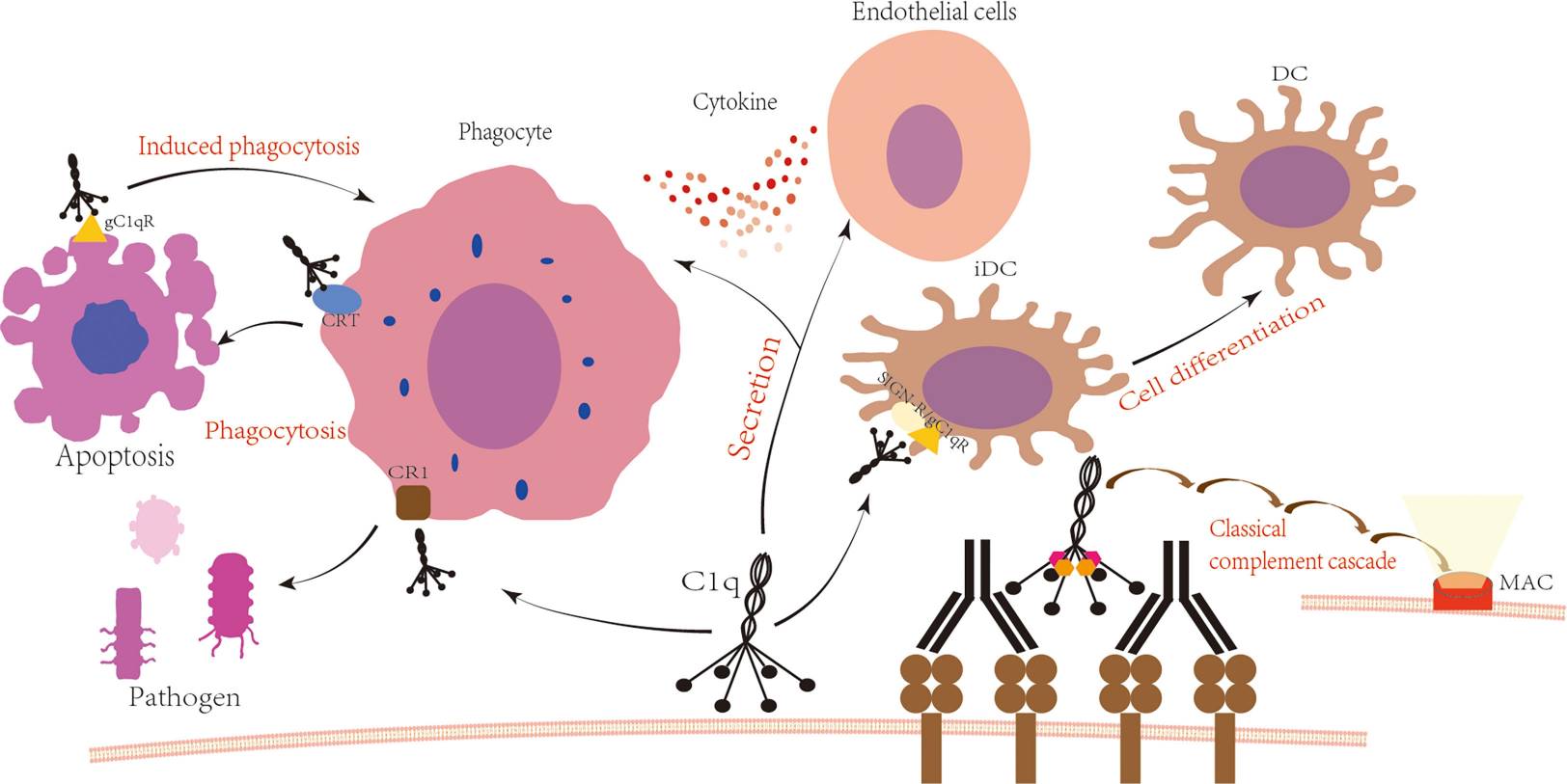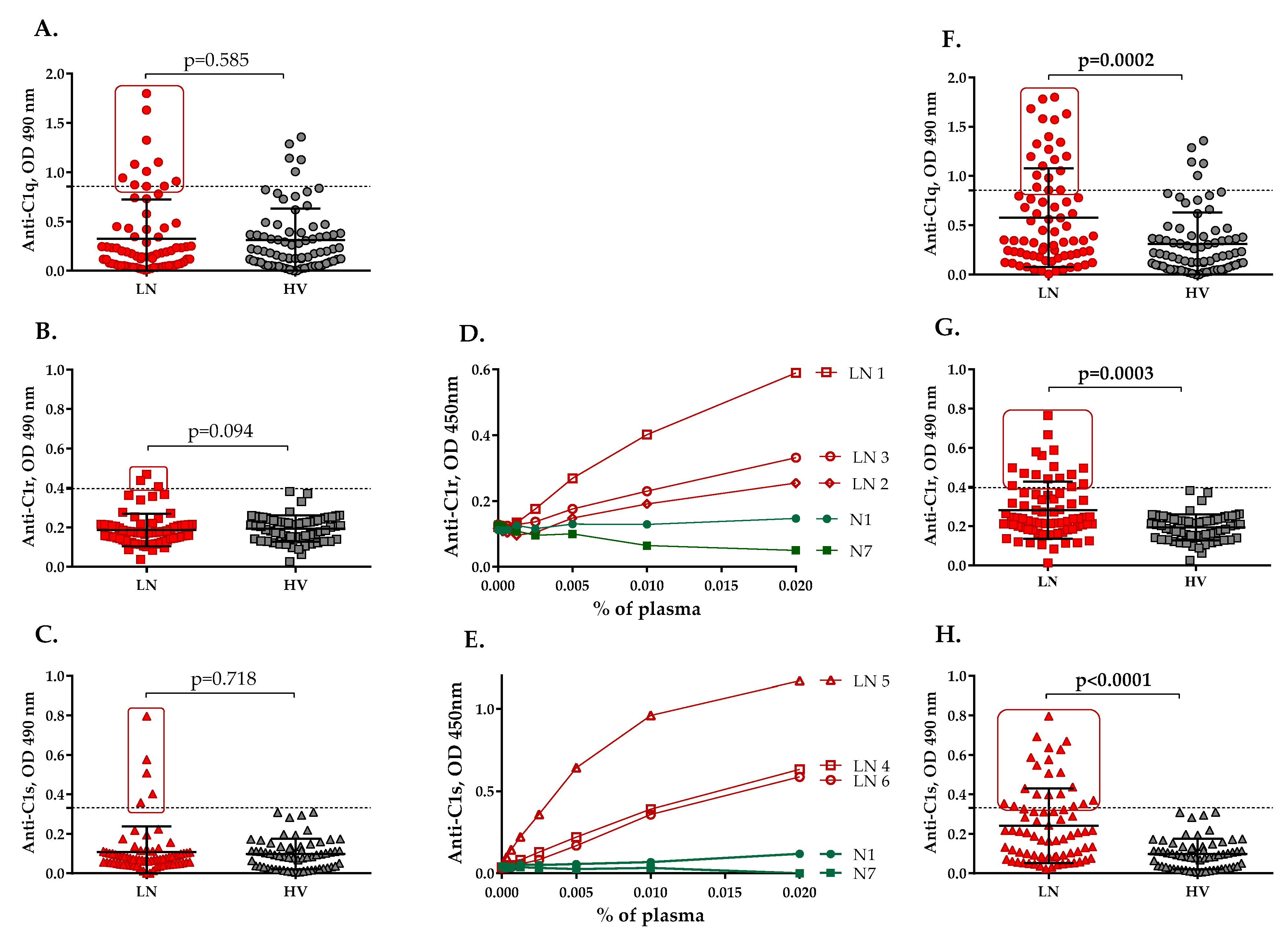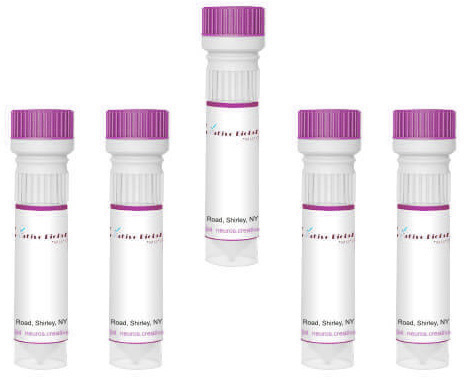Product List Background C1r Functional Service
Background
Complement C1r, a modular serine protease in the serum C1 complex, forms a homodimer of 173 kDa. It has two N-terminal CUB domains, separated by an epidermal growth factor (EGF)-like domain, followed by two complement control modules (CCPs) and a C-terminal serine protease (SP) domain. C1r is mainly related to the homologous C1s protease in a calcium-dependent manner. Moreover, the expression of the C1r and C1s proteases is coordinated in hepatocytes. The main function of them is the activation of the classical complement pathway. When the C1 complex binds to an activating target, the C1r is activated, which is induced by the cleavage of a single Arg-Ile bond, which triggers a conformational transition towards the active state.
Until now, structures of the C1r catalytic domain have been determined in both the proenzyme and activated states. To date, C1r complete deficiencies are rare and often associated with pyogenic infections and autoimmune diseases such as systemic lupus erythematosus. Some heterozygous C1r mutations are associated with periodontal Ehlers-Danlos syndrome. Besides, scientists have demonstrated that enhanced expression of C1 complex proteases is related to increased tissue inflammation and complement C3 formation and represents an important pathogenic mechanism leading to FA-mediated tubulointerstitial fibrosis.
 Fig.1 Function of C1r.1, 3
Fig.1 Function of C1r.1, 3
C1r Functional Service
Creative Biolabs presents a broad array of C1r-targeted products, including anti-C1r antibodies, ELISA kits, C1r proteins, C1r blocking peptides, and reporter vectors with C1r clones. These precisely crafted reagents play a vital role in uncovering the interactions between C1r proteins and diverse molecular entities, thereby fostering substantial progress in research efforts towards designing therapeutic strategies for a wide range of diseases.
 Fig.2 Anti-C1 autoantibody reactivity in lupus nephritis: ELISA comparisons of plasma response to C1q, C1r, and C1s between patients and healthy controls during initial sampling.2, 3
Fig.2 Anti-C1 autoantibody reactivity in lupus nephritis: ELISA comparisons of plasma response to C1q, C1r, and C1s between patients and healthy controls during initial sampling.2, 3
In lupus nephritis (LN), autoantibodies against C1q serve as pivotal biomarkers contributing to kidney damage. C1q, part of the classical complement pathway, pairs with C1r and C1s and can connect with C1 Inhibitor (C1-Inh). Researchers evaluated anti-C1q, anti-C1r, anti-C1s, and anti-C1-Inh autoantibodies and their disease correlation using ELISA. IgG was isolated from antigen-positive plasma, and its interaction with C1q, C1r, and C1s was examined via surface plasmon resonance, to find out the role of anti-C1q, anti-C1r or anti-C1s in LN severity.
Creative Biolabs provides a comprehensive array of C1r-centric services, including detailed interaction studies and various specialized evaluations. These expertly tailored services are crafted to assist researchers in advancing the limits of their scientific investigations and clinical projects.
References
-
Zhang, Wenjie, Yuan Chen, and Hui Pei. "C1q and central nervous system disorders." Frontiers in Immunology 14 (2023): 1145649.
-
Radanova, Maria, et al. "Autoantibodies against complement classical pathway components C1q, C1r, C1s and C1-inh in patients with lupus nephritis." International Journal of Molecular Sciences 23.16 (2022): 9281.
-
Distributed under Open Access license CC BY 4.0, without modification.


 Datasheet
Datasheet Fig.1 Function of C1r.1, 3
Fig.1 Function of C1r.1, 3
 Fig.2 Anti-C1 autoantibody reactivity in lupus nephritis: ELISA comparisons of plasma response to C1q, C1r, and C1s between patients and healthy controls during initial sampling.2, 3
Fig.2 Anti-C1 autoantibody reactivity in lupus nephritis: ELISA comparisons of plasma response to C1q, C1r, and C1s between patients and healthy controls during initial sampling.2, 3
